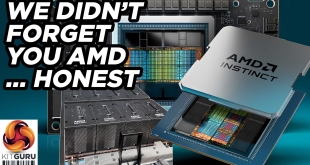Big data is often a topic of conversation in the tech world these days, especially in enterprise forums, but standard data can be just as exciting, if not beautiful in the right context. Take for example Martin Robertson's method of using website links to create these stunning formations.
These images are created using a “force directed graph,” where each point on the image represents a single site component, with the lines between them representing hyperlinks. The software created by Robertson takes this data, plots it and then lets you alter the image afterwards to implement colours and other aesthetic changes for a prettier picture. As Wired explains it, there's a reason for this beyond academic, as NASA, Google and Apple have all commissioned images based on what the software outputs.
A Newcastle university lecturer, Robertson hopes to use the funds generated from this to further investigate the patterns generated by online spaces and the visuals you can create with that information.
If you'd like to get something funded, don't think you need millions in the bank like the above companies and organisations do. For the low price of £20 you could have your favourite site mapped, though if you want to get it printed through these guys, it will cost a bit more. Since pricing for the final thing is dependent on the print size, type, materials used and a variety of other factors, you'll need to get a custom quote from Mr Robertson via his site if you want to go through with it.
Kitguru Says: I guess the guy's doing the CGI like (though they actually used models) Gibson interior in the oscar-robbed movie Hackers, weren't too far off.
 KitGuru KitGuru.net – Tech News | Hardware News | Hardware Reviews | IOS | Mobile | Gaming | Graphics Cards
KitGuru KitGuru.net – Tech News | Hardware News | Hardware Reviews | IOS | Mobile | Gaming | Graphics Cards




